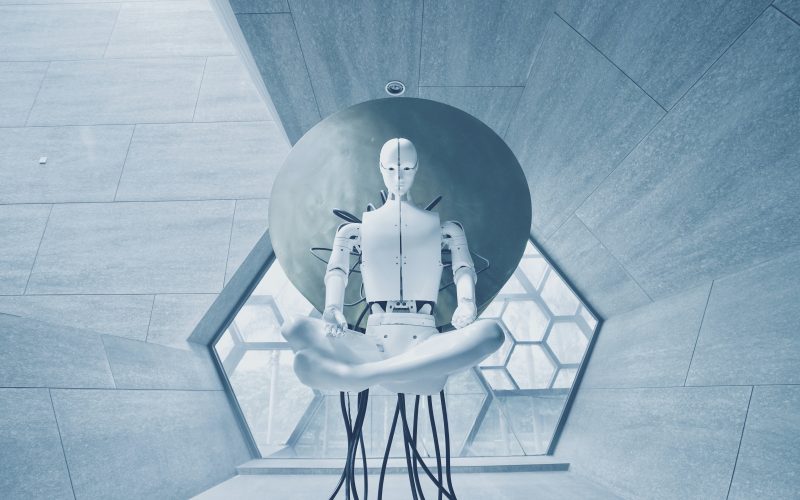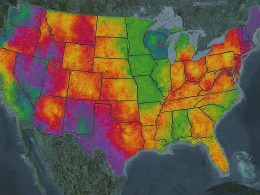We are living in an age of automation, where robots and automation are becoming commonplace in everyday life. We see robots vacuuming our floors, driving us to work and even flying us across the globe. But what is robotics? Robotics is a field of study that involves the design, development, and operation of robots. Robotics engineers use advanced programming languages and sensors to create autonomous machines that can interact with the world around them. In this post, we will explore the amazing world of robotics and automation and how it is revolutionizing industries all over the world.
What is Robotics?
Robotics is the branch of technology that deals with the design, construction, operation, and application of robots, as well as computer systems for their control, sensory feedback, and information processing.
These technologies are used to develop machines that can substitute for humans and replicate human actions. Robots can be used in many situations and for many purposes, but today many are used in dangerous environments (including bomb disposal), manufacturing processes, or where human beings cannot survive. Robotics is also used in STEM (science, technology, engineering, and mathematics) as a teaching aid.
The word “robot” comes from the Czech word “robota,” meaning forced labor or drudgery. The first recorded use of the word “robot” in English was in a 1920 play R.U.R., by the Czech writer Karel Capek. In this play, artificial people known as “robots” revolt against their human masters and eventually destroy most of humanity before being destroyed themselves.
Since then, the idea of intelligent machines has captivated imaginations across the world, from Isaac Asimov’s famous Robot Series to modern films like Blade Runner and Ex Machina. And while Hollywood may make it seem like robots are only recently becoming part of our lives, the truth is that we’ve been living and working with them for quite some time now.
The History of Robotics
Robots have been a part of science fiction for centuries, but it was not until the 20th century that they began to become a reality. The first robot was built in 1954 by George Devol, and was called UNIMATE. This robot was designed to perform simple tasks such as welding and moving heavy objects.
In the 1960s, robotics began to be used in manufacturing and industrial settings. These early robots were large and expensive, and could only be used for specific tasks. However, they greatly increased efficiency and productivity in factories.
The 1970s saw the development of microprocessors, which made it possible to create smaller and more versatile robots. These robots were able to perform a wider range of tasks, and began to be used in settings such as hospitals and schools.
Today, robotics is an essential part of many industries, including manufacturing, healthcare, transportation, and even entertainment. Robots are continually becoming more advanced, with ever-increasing capabilities. It is fascinating to imagine what the future of robotics may hold!
How Do Robots Work?
Robots are amazing machines that can do things that humans cannot do. They can lift heavy objects, move quickly and accurately, and work in dangerous environments. But how do robots work?
There are three main parts to a robot: the controller, the end effector, and the power source. The controller is the brain of the robot. It tells the robot what to do and how to do it. The end effector is the part of the robot that actually does the work. It can be a gripper, a drill, or any other tool that the robot needs to do its job. The power source gives the robot its energy. It can be an electric battery, a hydraulic pump, or even a human operator.
The three parts of a robot work together to allow it to function. The controller sends signals to the end effector telling it what to do. The end effector then carries out those instructions using its tools. The power source provides the energy needed for the robot to move and operate its tools.
Different Types of Robots
There are many different types of robots, each designed for a specific purpose. Industrial robots are used in manufacturing and assembly line work. These robots are usually large and expensive, and their movements are carefully planned and programmed. Service robots are designed to perform tasks such as vacuum cleaning, lawn mowing, or window washing. These robots are usually smaller and less expensive than industrial robots.
A third type of robot is the research robot, which is used by scientists to explore new ideas and technologies. These robots are often custom-built for a particular experiment or application. Finally, there are personal service robots, which are designed to provide assistance or entertainment for individuals. These robots can be anything from simple robotic toys to sophisticated home assistants.
The Future of Robotics
In the coming years, we will see more and more robots being used in a variety of settings. They will continue to become smaller, more agile and efficient, and capable of increasingly human-like tasks. In the home, we will see them taking on more chores and becoming assistants in caring for the elderly or disabled. In industry, they will be used for manufacturing, inspection and quality control. They will also increasingly be used in medicine and surgery.
There is no doubt that robotics is an exciting and growing field with huge potential. It is one that we will be hearing a lot more about in the years to come.
Conclusion
Robotics and automation are two incredibly powerful technologies that have the potential to revolutionize the way we live our lives. From taking on mundane tasks to helping us explore ambitious new frontiers, robots and automated systems can help make life easier. Although robotics is still in its early stages of development, it’s already showing great promise with incredible advances being made every day. We hope this article has helped you gain a deeper understanding of what robotics is and how amazing it can be used in an array of different applications.












